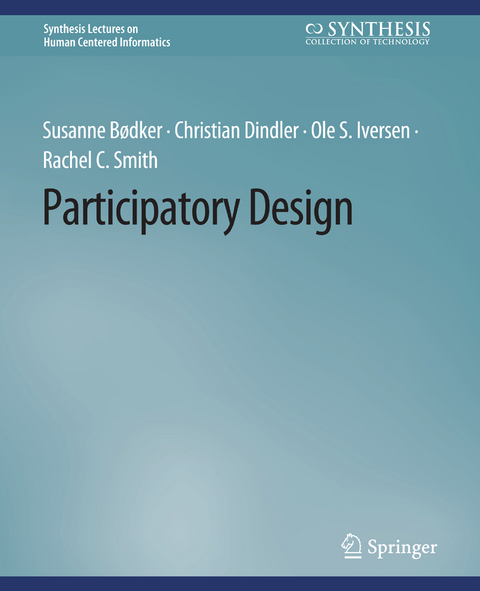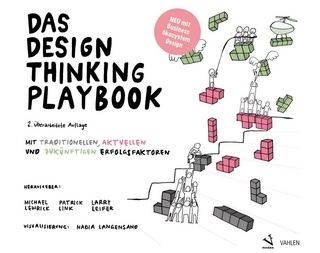
Participatory Design
Springer International Publishing (Verlag)
978-3-031-01107-8 (ISBN)
Professor Susanne Bodker has done research in Human-Computer Interaction, Computer Supported Cooperative Work, and Participatory Design since the 1980s. She was involved with starting the International Participatory Design (PDC) conference series. She does current research on how grassroot communities share technologies and on the collaboration between citizens and public organizations through technological mediation.Christian Dindler is Associate Professor of Participatory Interaction Design at Aarhus University and has worked with Participatory Design in areas such as schools and museums for more than a decade. He has published research at PDC since 2008 and taken part in organizing several PDC conferences. In his current research, he explores how Participatory Design processes unfold in industry settings and how stakeholders deal with ethical issues in design practice.Professor Ole Sejer Iversen is director of the Center for Computational Thinking & Design at Aarhus University, Denmark. For the past seven years, he has been in the steering committee of the Participatory Design conference series and served as technical program chair of the PDC conference in 2014. During the past decades, Professor Iversen has published intensively on research related to values in Participatory Design especially with children and teens as collaborators in the design process.Rachel Charlotte Smith is Associate Professor of human-centered design at Aarhus University. Her research focuses on advancing human and participatory approaches to technology in people's everyday life, in education, cultural institutions, and industry. She is currently chair of the PDC steering committee. In 2016, she chaired the PDC conference, and has since been actively engaged in the PDC steering committee and community.
Preface.- Part I: Participatory Design: Definition and History.- Can You Define Participatory Design for Me?.- What is Participatory Design?.- What Can We Learn from the History of Participatory Design?.- When and Where Is Participatory Design Done?.- Part II: The Participatory Design Toolbox.- What Are the Activities and Methods of Participatory Design?.- What Are the Tools nd Materials of Participatory Design?.- How Is Participatory Design Organized.- How Does One Get Started on Participatory Design and Stay on Track?.- Part III: Participatory DesignResults.- What Are the Results of Participatory Design?.- How Does One Sustain Participatory Design Initiatives?.- Why Is Participatory Design Important Today?.- Bibliography.- Authors' Biographies.
| Erscheinungsdatum | 06.06.2022 |
|---|---|
| Reihe/Serie | Synthesis Lectures on Human-Centered Informatics |
| Zusatzinfo | XVIII, 143 p. |
| Verlagsort | Cham |
| Sprache | englisch |
| Maße | 191 x 235 mm |
| Gewicht | 322 g |
| Themenwelt | Mathematik / Informatik ► Informatik ► Betriebssysteme / Server |
| Informatik ► Software Entwicklung ► User Interfaces (HCI) | |
| ISBN-10 | 3-031-01107-4 / 3031011074 |
| ISBN-13 | 978-3-031-01107-8 / 9783031011078 |
| Zustand | Neuware |
| Informationen gemäß Produktsicherheitsverordnung (GPSR) | |
| Haben Sie eine Frage zum Produkt? |
aus dem Bereich


